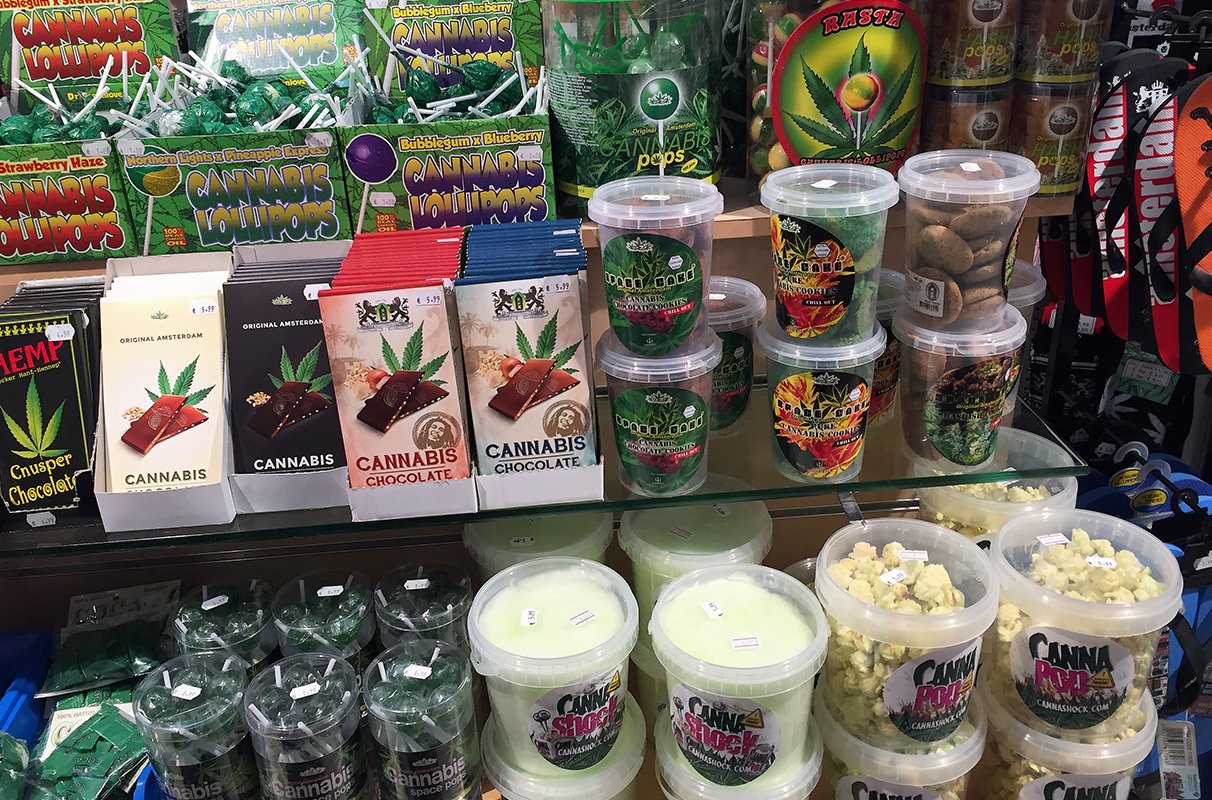A recent study led by Washington State University (WSU) reveals that colorful and health-oriented branding on cannabis edibles appeals to teenagers, despite existing regulations designed to prevent youth-targeted packaging. The research focused on how adolescents perceive the packaging of cannabis-infused products such as gummies, chocolates, and beverages.
In collaboration with Public Health — Seattle & King County, the study involved virtual focus groups with 28 teenagers aged 13 to 17. Participants were shown real product images and discussed the elements that attracted their attention. The findings indicated that many teens associated vibrant packaging and fruit imagery with healthy snacks rather than harmful substances.
Jessica Willoughby, an associate professor in WSU’s Murrow College of Communication and co-author of the study, noted, “What surprised us was how often these products were interpreted as healthy or natural.” Many teens mentioned that they would display the packaging in their rooms or share images on social media, indicating that the design resonated with their identities and values.
The study highlighted that terms like “locally made” and “vegan” made the products seem more appealing, even to those who were aware that they contained cannabis. Stacey Hust, the study’s lead author and a professor at WSU, emphasized, “They saw these products as trendy, natural, and aspirational.”
Notably, teens who had more experience with cannabis, whether through personal use or family exposure, were more likely to notice warning labels and dosage information. In contrast, those less familiar with cannabis often overlooked health warnings or failed to recognize cannabis symbols entirely. This gap in awareness raises concerns for health educators and policymakers as the availability of cannabis edibles increases.
The WSU team recommends that regulatory discussions incorporate teen perspectives and that cannabis education efforts improve to enhance youth understanding. Sarah Ross-Viles, youth cannabis prevention manager with King County and co-author of the study, remarked, “If we’re serious about making cannabis packaging less appealing to youth, we need to use their insights to guide smarter, more effective regulations.”
To further investigate these issues, the WSU team plans to collaborate with local health officials and the Washington State Liquor and Cannabis Board on a follow-up quantitative study. This research will explore how different packaging elements influence perceived teen appeal and intent to use cannabis edibles.
While implementing broad changes like plain packaging may be challenging, the researchers believe there are practical steps that can be taken. These include clearer warning labels and restrictions on branding that mimics health food products. Hust stated, “We’re asking for thoughtful regulations that balance the rights of adult consumers with the need to protect kids.” Ross-Viles added, “This is about ensuring cannabis packaging informs adult consumers without confusing or enticing teens.”
The insights gained from this study are crucial for shaping future regulations and improving cannabis education to better protect youth.




